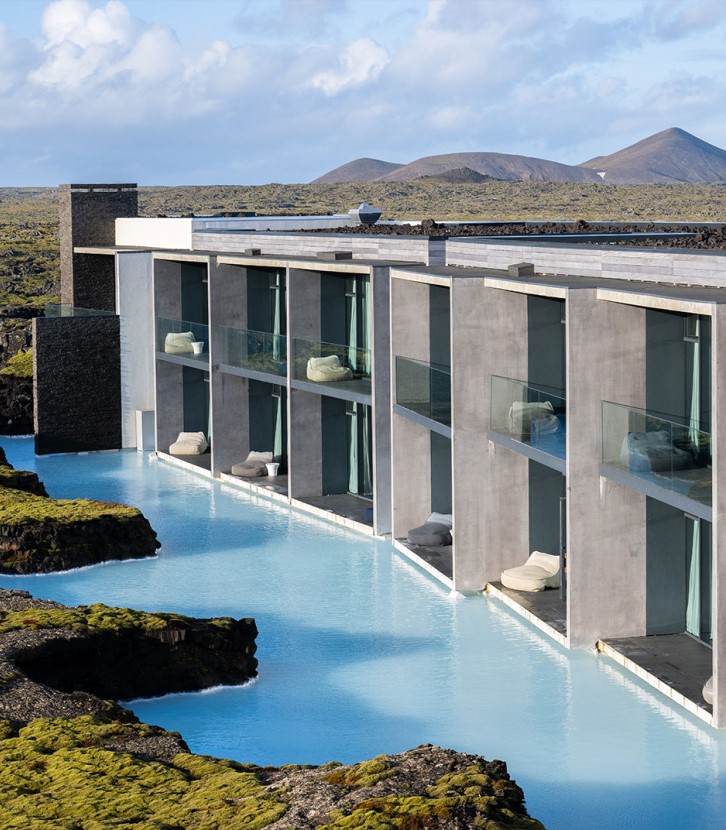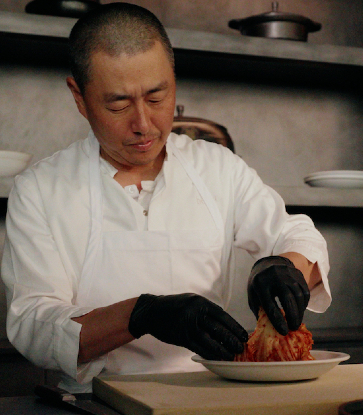Iceland’s National Day (Þjóðhátíðardagurinn) is celebrated on the 17th June and marks the foundation of the independent Republic of Iceland on this day in 1944. Since 1380 it had been a Danish colony and before that, part of the Norwegian crown from 1262.
The date for the celebration was chosen to coincide with the birthday of Jón Sigurðsson (1811-1879) – the leader of Iceland’s independence movement in the 19th century – and took place at Þingvellir (the ‘assembly fields’), 45km east of Reykjavík. It was here in 930 that the Althing – the world’s oldest surviving legislature – was formed.
In Reykjavik, the capital, festivities start with the chiming of the bells in every church, followed by a mass in Dómkirkjan Cathedral and a ceremony at Austurvöllur Square. From here, a parade heads to Suðurgata Cemetery, where a wreath of flowers is laid on Jón Sigurðsson’s grave. Some will wear Icelandic National dress and there are often readings by a woman dressed as fjallkonan (The Mountain Woman), who became a symbolic figure in Iceland’s fight for independence.
Then it’s on to the family entertainment, with parades, concerts (in parks and at the Harpa Concert Hall), music and dance performances, street theatre, circus acts and games. The day’s events conclude with an Accordion Ball at City Hall.
Pop-up stalls sell candy floss, ice-cream and hotdogs (pylsur) – the latter have become Iceland’s unofficial National dish. They are made mainly of free-range grass-fed organic lamb, along with some pork and beef, and are topped with a mix of raw and fried onions, ketchup, pylsusinnep – a sweet brown mustard – and mildly tangy remoulade, a sauce made from mayonnaise, mustard, capers and herbs.
Those abroad will often toast the day with a glass of Reyka Vodka – made using water from the 4,000 year old lava fields in a distillery powered by geothermal energy – or Iceland’s signature drink Brennivín, a potent type of schnapps made from potatoes and flavoured with caraway seeds or angelica (also nicknamed svarti dauði or Black Death).

Feld Earns One MICHELIN Star in Year Two
Chef Jake Potashnick serves 25 to 30 thoughtfully composed bites, delivering a truly memorable dining experience.

The Art of Welcome: Inside Saudi Arabia’s Timeless Hospitality
In Saudi Arabia, hospitality is instinct and engrained in their heritage - every gesture, from bukhoor’s scent to qahwa’s pour, speaks of effortless generosity.

A Four-Day Culinary Journey Through Bordeaux, According to The MICHELIN Guide
The MICHELIN Guide visited Bordeaux on a four-day, autumnal journey through the famed wine region’s vineyards and restaurants.

What Is The MICHELIN Bib Gourmand Award?
Since 1997, The MICHELIN Guide’s Bib Gourmand has celebrated restaurants worldwide that serve exceptional food at great value— here’s what makes it special.











